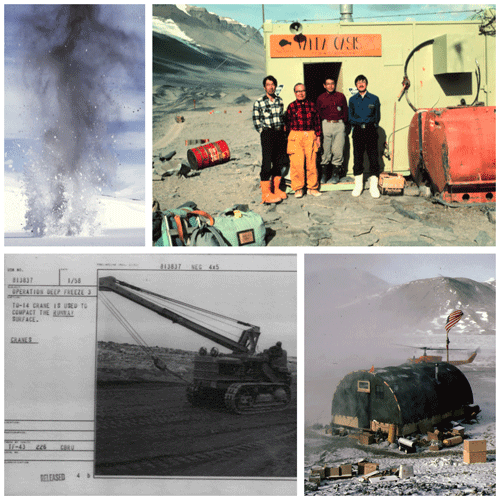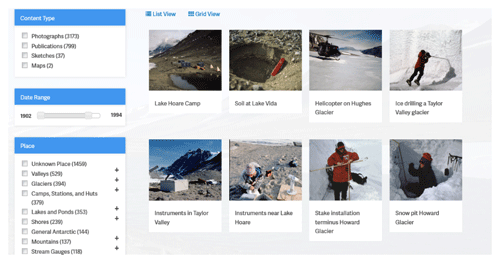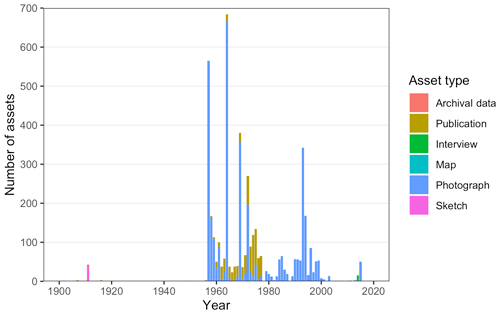A digital archive of human activity in the McMurdo Dry Valleys, Antarctica
Over the last half century, the McMurdo Dry Valleys (MDV) of East Antarctica have become a globally important site for scientific research and environmental monitoring. Historical data can make important contributions to current research activities and environmental management in Antarctica but tend to be widely scattered and difficult to access. We address this need in the MDV by compiling over 5000 historical photographs, sketches, maps, oral interviews, publications, and other archival resources into an online digital archive. The data have been digitized and georeferenced using a standardized metadata structure, which enables intuitive searches and data discovery via an online interface. The ultimate aim of the archive is to create as comprehensive as possible a record of human activity in the MDV to support ongoing research, management, and conservation efforts. This is a valuable tool for scientists seeking to understand the dynamics of change in lakes, glaciers, and other physical systems, as well as humanistic inquiry into the history of the Southern Continent. In addition to providing benchmarks for understanding change over time, the data can help target field sampling for studies working under the assumption of a pristine landscape by enabling researchers to identify the date and extent of past human activities. The full database is accessible via a web browser-based interface hosted by the McMurdo Long Term Ecological Research site: http://mcmurdohistory.lternet.edu/ (last access: 5 May 2020). The complete metadata data for all resources in the database are also available at the Environmental Data Initiative: https://doi.org/10.6073/pasta/6744cb28a544fda827805db123d36557 (Howkins et al., 2019).








